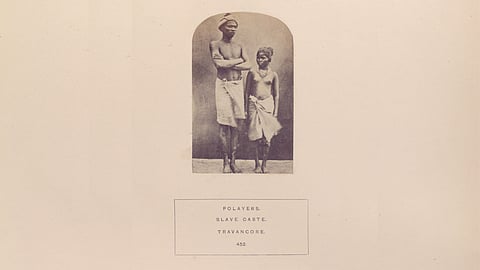The forgotten history of caste slavery
IN FEBRUARY 1841, Islamic clerics in Madras appointed by the East India Company to serve in the Faujdari Adalat – the Madras Presidency’s highest criminal court – issued a fatwa that, though forgotten by history, changed the face of slavery in Southasia. For what was possibly the first time in modern Southasian history, a legal judgment abolished an entire, oft-overlooked system of slavery: slavery predicated entirely upon caste.
The case before the clerics concerned an escaped woman, one of millions of hereditary slaves who laboured the fields of South India in accordance with a supposedly timeless caste tradition. Her name was Eesoo. She hailed from a caste that we would today call Dalit. Four months earlier, Eesoo had walked out of her master’s house in North Canara – Uttara Kannada in modern-day Karnataka – and refused to go back.

